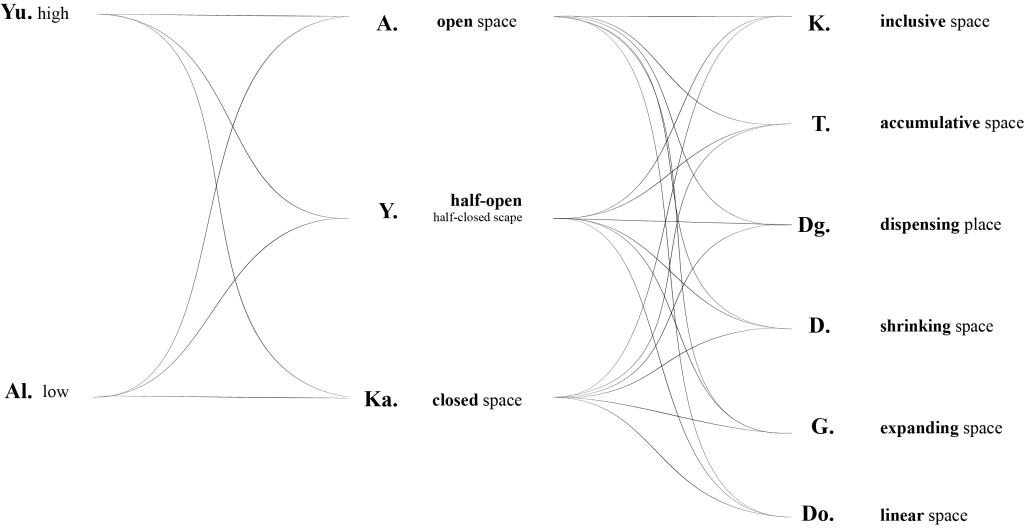
Although it is possible to talk about a relationship between space and use, it is questionable to establish a cause-effect relationship between each other.

Do actions have to be confined to masses clearly determined by the architect? Or how long can a fiction with actions confined to masses work in real life? Is there a two-sided relationship between space and use that affects each other?

The new questioning of that part of architecture called “program,” or “function,” or “use,” or “events,” is fundamental today. Not only is there no simple relation between the building of spaces and the programs within \ them, but in our contemporary society, programs are by definition unstable. Few can decide what a school or a library should be or how electronic it should be, and perhaps fewer can agree on what a park in the twenty-first century should consist of.
Tschumi, B. (1996). Architecture and Disjunction. Amsterdam University Press.
The internal contradictions of architecture had been there all along; they were part of its very nature: architecture was about two mutually exclusive terms-space and its use or, in a more theoretical sense, the concept of space and the experience of space.
Tschumi, B. (1996). Architecture and Disjunction. Amsterdam University Press.
According to Tschumi, the dichotomy of space and use is the paradox of architecture. If the relationship between space and use is actually much weaker, we can talk about the different uses of a space and different activities in this space. This indicates many situations, situations and events in the space.


Can a program be created over events and situations? If what determines events and states are not just tectonic solutions of space, what other variables provide this variety of states and events.










